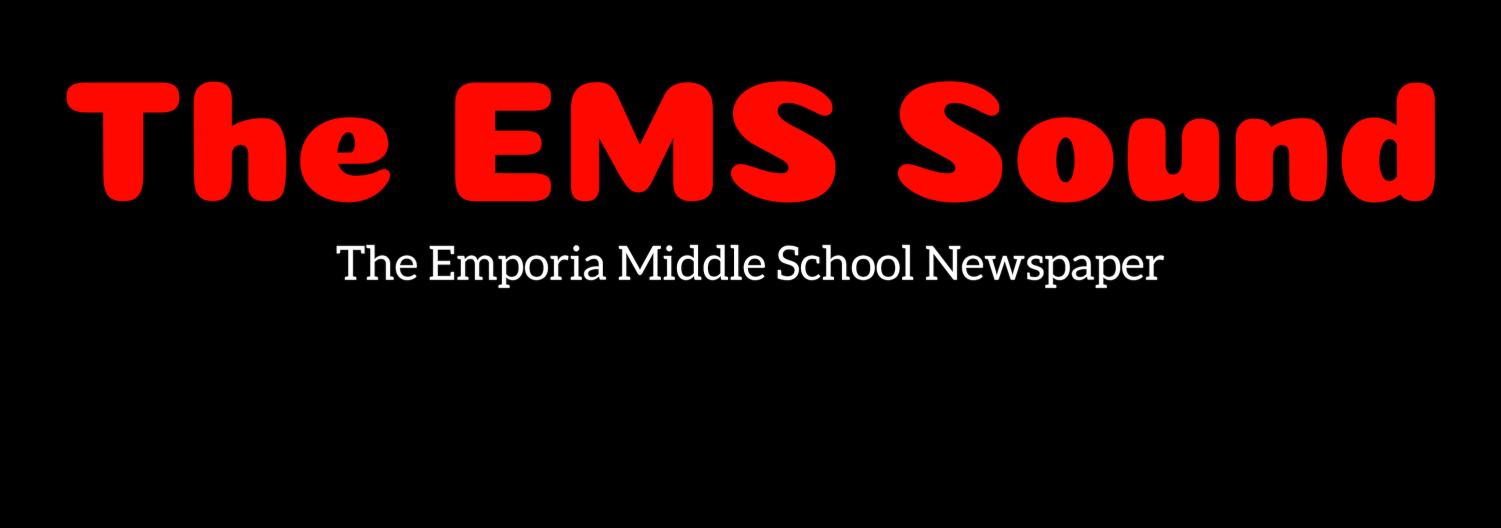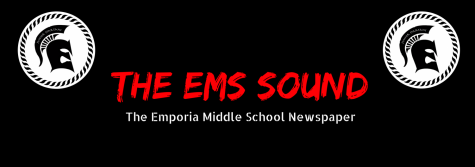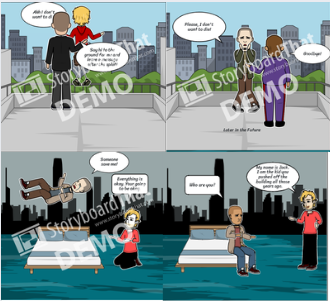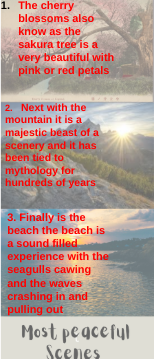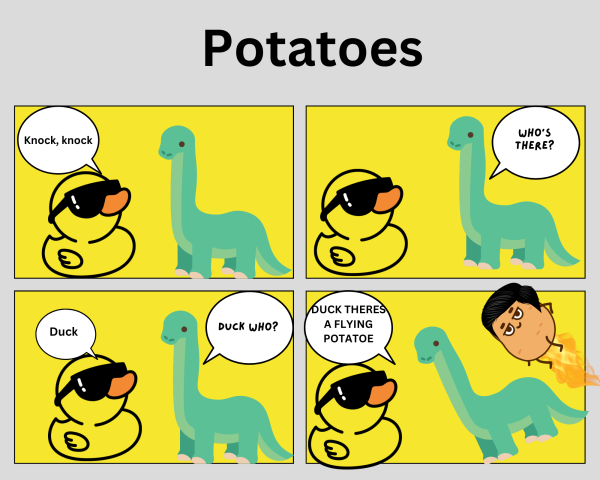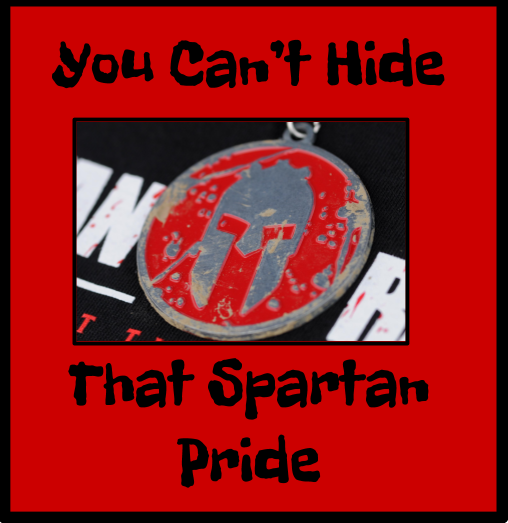Music of The Renaissance Period

Here is a photo of the cornett.
April 1, 2021
“Music is the poetry of air.” -Jean Paul Richter. Music is definitely one of the most important things in culture. Back at the beginning of the development of music (the Renaissance) people started creating music that wasn’t necessarily for church, they also started making instruments, and some people became famous for composing music. So how exactly did that go?
The Renaissance era was when music started to really change. Before (in the Medieval Period) music was reserved for church or some lucky members of the highest class. Music started to expand and was no longer kept just in churches. Some churches didn’t like that though. While they were fighting, music for secular (non-religious) purposes were being expanded into society. The Sacred (religious) music was typically in the form of the motet; a short piece of sacred choral music, generally in a sacred Latin text. Motets were usually polyphonic, meaning there were several vocal parts at the same time. But secular music involved madrigals, (song for several voices and without instrumental accompaniment) and the start of instrumental and dance music. Secular music was independent from churches. The secular music included love songs, political satire, dances, and other genres along those lines.
By the start of the Renaissance people started creating instruments such as string, brass, percussion, and woodwinds. Some of the string instruments in the Renaissances were:
Viol: An instrument with 6 strings, typically played with a bow, played in a similar way one would play the cello.
Lyre: Similar to a harp, but instead of being plucked with fingers, the amount of strings varied between four, seven, and ten, depending on who made them.
Lute: Similar to a lot of other string instruments, is a plucked string instrument with a neck and a deep round back.
Irish Harp: Also known as the Clàrsach in Scottish Gaelic, or the Cláirseach in Irish, was one of the most popular instruments in the Renaissances. It is very significant in Irish history, and is even one of Ireland’s national symbols to this day. It is a plucked string instrument, its size can vary between a large harp to a small handheld instrument. This website has more information about it, https://www.irishamericanmom.com/the-irish-harp-a-tale-of-irelands-national-emblem/.
Hurdy Gurdy: Also known as the wheel fiddle, the strings are rounded around a wheel which the strings pass over. It can be compared to a mechanical violin. The instrument has a bow (wheel) that is turned by a crank. It provides a similar constant pitch to the bagpipes.
There were also brass instruments, some of them were:
Slide Trumpet: Very similar to the trombone of today, except instead of a section of the body sliding, it has a small part of the body near the mouthpiece. The body is in an S-shape, so it is rather unwieldy, and is commonly played in slower types of songs.
Cornett: It was made of wood and played like a recorder but blown like a trumpet. It was made in several different sides, the largest being the serpent. It is said to be one of the closest instruments to the human voice.
Trumpet: They were made in different sizes back then, and were commonly portrayed with angels in their churches, yet churches did not usually have trumpets, which is quite strange to say the least. They were mostly used for the military and announcement of royalty.
Sackbut: Which was a different name for the trombone, which replaced the slide trumpet by the middle of the fifteenth century.
2 of instruments in the percussion family were:
Tambourine: Originally a fare drum without the jingles attached on the side. The instrument evolved and then was called the timbrel during the medieval crusades. The instrument was found with a single skin, which made it easier to play. The skin that surrounds the frame is called the vellum, and produces the beat by striking the surface with pretty much any part of the hand. It can also be played by shaking the jingles on the sides.
Jews harp: A steel instrument (that was later banned in the 19th century due to the high demand of silver) produces sound using shapes of the mouth and pronouncing different vowels with a person’s mouth. The loop at the bent end of the tongue of the instrument is plucked in different scales of vibration creating different tones.
The last selection of instruments in the Renaissance were the woodwinds, some of the ones played then were:
Shawm: A keyless instrument, about a foot long with seven finger holes and a thumb hole. The pipes were mostly made of wood, and commonly had engravings and decorations on them. They were regularly played with drums and trumpets. To play the shawm a person puts the entire reed in their mouth, puffs out their cheeks, and blows into the pipe. Watch this video to learn some more about the shawm, https://www.youtube.com/watch?v=7KZwzFMefU8.
Reed pipe: Made out of a single short length cut piece of cane with a mouthpiece, four or five finger holes. The reed is made by cutting out a small tongue, but leaving the base attached.
Hornpipe: Pretty much the reed pipe but with a bell on the end.
Panpipe: Has sixteen wooden tubes with a stopper at one end and open on the other. Each tube is a different size, therefore giving each pipe a different sound, making the instrument have a musical range of an octave and a half. The player places their lips against the desired tube and blows across it (sort of like a harmonica).
Transverse flute: Similar to the modern flute, with a mouth hole near the stopped end and finger holes across the body. The player blows on the mouthpiece and holds the instrument to their right.
There were tons of composers in the Renaissance but one of the most famous ones was Giovanni Pierluigi da Palestrina, who was an Italian composer. He was the most famous 16th century representative of the Roman School of musical composition. He had a strong influence on the development of the Roman Catholic church music and his work can be seen as Renaissance polyphony. Another famous composer of their times was William Byrd. William was an English organist (person who plays the organ) but is best known for his development of the English madrigal. The last composer I want to tell you about is Claudio Monteverdi who was an Italian composer at the end of the Renaissance period, was one of the most important developers of the new genera, the opera. He also did much to bring a secular spirit into church music.
I found it very interesting how music at first was only reserved for churches. One of my favorite parts of researching this information was how I got to learn all about the instruments played and created back then, and got to see how it really has adapted from then. Isn’t it just crazy how we think we know a lot about music, but really know nothing at all?
